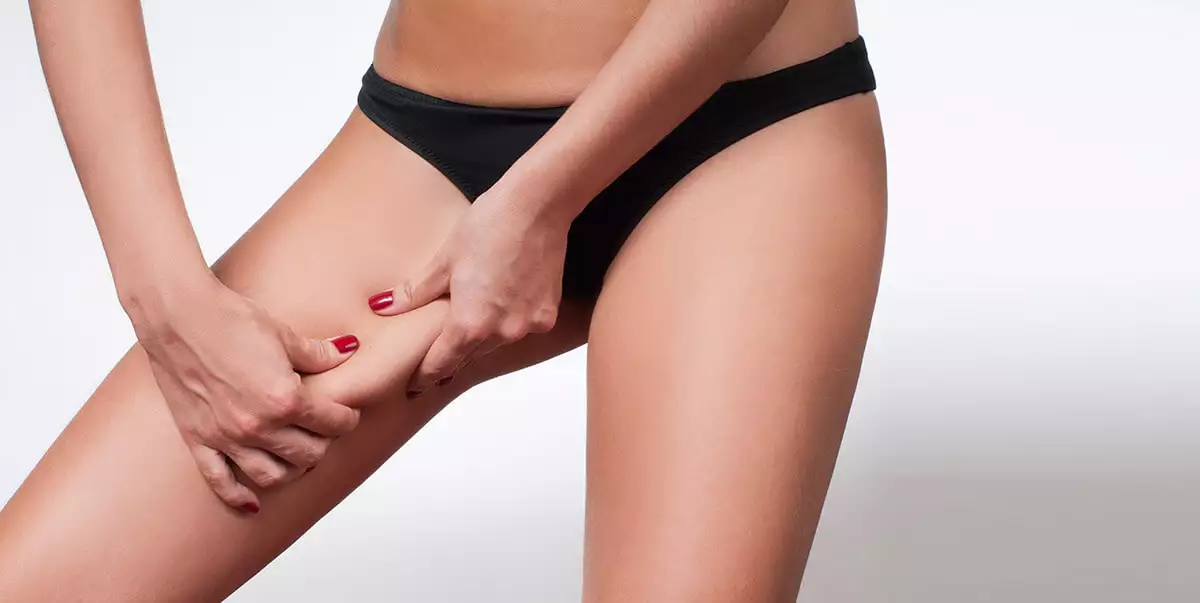
Thigh Lift
What is Thigh Lift surgery?
Thigh Lift surgery, also known as a Thighplasty, aims to create smooth thighs that are proportionate to the upper body and lower legs by reshaping the thighs through removing excess fat or sagging skin. Thighplasty produces shapely contours in the thighs and a firmer, more youthful appearance.
Why is Thigh Lift surgery performed?
Excessive skin might occur near the thighs due to aging, a sedentary lifestyle, genetic inclinations, and sudden weight loss. The resulting saggy skin can cause discomfort and create an unpleasant appearance. Thigh Lift surgery can alleviate the issue by removing the excess saggy skin near the thigh area, and can improve overall appearance as with thinner legs, the entire figure may look noticeably more slender and younger.
What are the conditions for Thigh Lift surgery?
Thigh Lift Surgery is recommended to patients who:
- Are healthy enough to undergo general anesthesia.
- Have a Body Mass Index, BMI, of below 30.
- Have excess skin or fat deposits on the inner or outer thigh.
- Have enough skin elasticity and fat around the lower abdomen.
What are the Thigh Lift surgery types?
There are 3 major types of Thigh Lift surgeries:
Inner Thigh Lift:
Inner Thigh Lift as the name suggests targets the inner thighs and is the most common type of Thigh Lift performed, especially for patients with excess fat deposits on the thighs. The incisions are made near the groin to be easier to conceal.
Mini Thigh Lift:
Mini Thigh Lift is recommended to patients who have a relatively lesser degree of saggy skin. Compared to the Inner Thigh Lift, a smaller incision will be made near the groin, the recovery period will be shorter and the resulting scar will be smaller.
Outer Thigh Lift:
Also called the Bilateral Thigh Lift surgery, aims to tighten the skin and remove the fat around the waist and on the upper leg. A circular incision around the hip is made, similar to the incision made during a Lower Body Lift. The results are often more effective compared to the Inner Thigh Lift, but often leaves a bigger scar.
What Are The Things To Be Considered Before Thigh Lift?
Patients should:
- Be at the hospital a day before their surgery for the preoperative tests to be performed.
- Stop smoking and consuming alcohol at least 2 weeks before the surgery to alleviate the risk of a blood clot.
- Avoid medication containing aspirin or ibuprofen (Advil, Motrin IB, others) for two weeks before and after surgery as these medications may increase the risk of internal bleeding. Patients should confirm each medication and supplement they wish to take with their Patient Coordinator.
How is Thigh Lift performed?
The surgery starts with general anesthesia being administered. Liposuction might then be applied to remove excess fat deposits around the thighs.
Inner Thigh Lift:
The surgeon makes an incision starting from the groin through the natural creases of the body and extending down towards the knee. The excess skin and fat are removed through the incision. Liposuction may be applied at this point. Then the remaining skin is tightened by pulling it up and is then held in place through sutures.
Mini Thigh Lift:
A small incision, compared to Inner Thigh Lift, above the groin is made. Liposuction is performed through the incision, and then the excess skin is removed. The removed amount of excess skin and fat are usually less than the amount removed during Inner Thigh Lift.
Outer Thigh Lift:
An incision is made near the groin that spans around the hip, similar to the incision made during a Lower Body Lift. Liposuction is applied to remove the excess fat from the thigh and the butt. The excess skin is pulled up, tightening the skin around the thigh. The excess skin is then removed and the incisions are sealed using sutures.
What are The Things To Be Considered After Thigh Lift?
The results of a thigh lift will be apparent almost immediately following the procedure. After the surgery, the patients are recommended to:
- Wrap their thighs with the provided compression bandages to minimize swelling and help the tissue maintain its new shape.
- Avoid strenuous exercises, especially any that might put a strain on the thighs.
- Take their prescribed medication as instructed by their doctor.
Patients will most likely be able to resume most of their daily activities 2 weeks after the operation. Swelling and bruising is normal following a Thigh Lift, and will usually subside in 4 to 6 weeks following the surgery.
What Are The Risks of Thigh Lift?
Like any major surgery, Thigh Lift surgery has certain risks associated with it. These risks include, but are not limited to:
- Fluid accumulation near the skin, Seroma
- Infection
- Swelling
- Poor wound healing
- Blood clots, Hematoma
- Scarring
- Changes in skin sensation
- Adverse reaction to anesthesia
